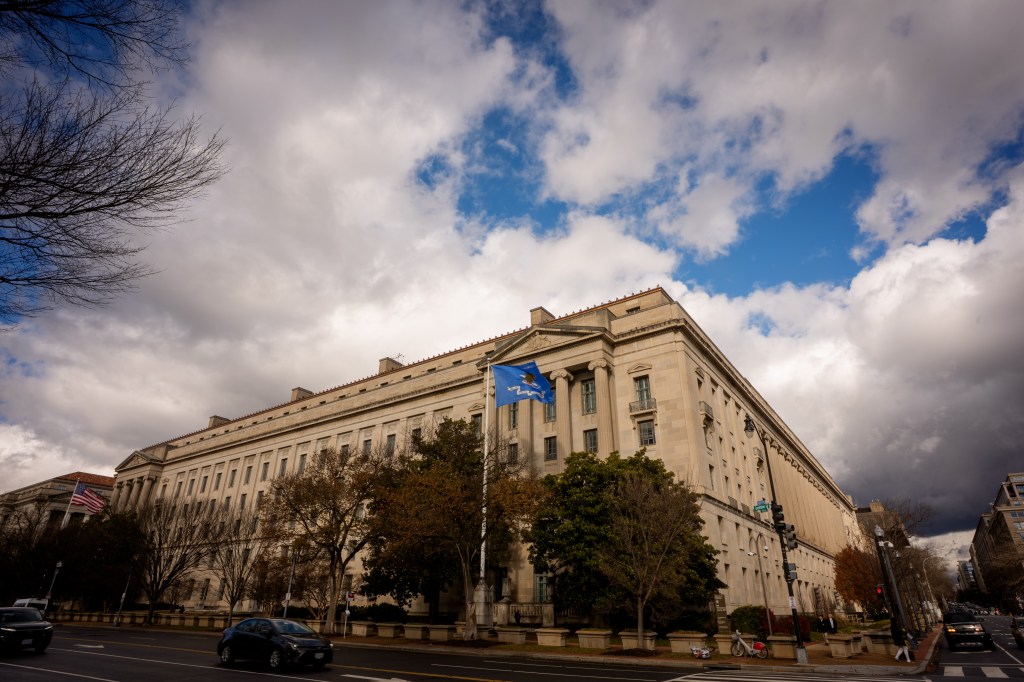Last week, the US Federal Reserve Board (FRB), Federal Deposit Insurance Corporation (FDIC), and the Office of the Comptroller of the Currency (OCC) released final interagency guidance outlining principles for climate-related (physical and transition risks) financial risk management for large financial institutions.
In final form, the interagency guidance
Register for free to keep reading
To continue reading this article and unlock full access to GRIP, register now. You’ll enjoy free access to all content until our subscription service launches in early 2026.
- Unlimited access to industry insights
- Stay on top of key rules and regulatory changes with our Rules Navigator
- Ad-free experience with no distractions
- Regular podcasts from trusted external experts
- Fresh compliance and regulatory content every day
















